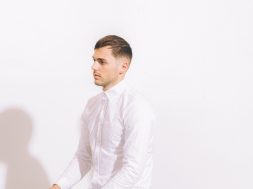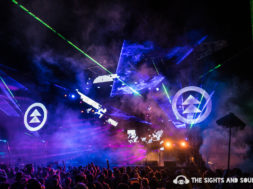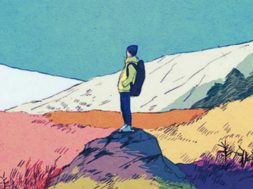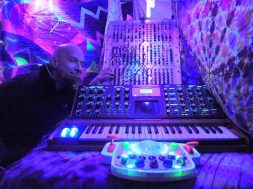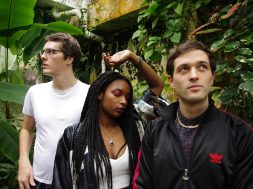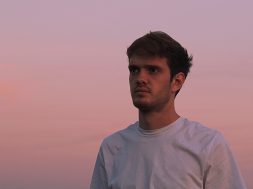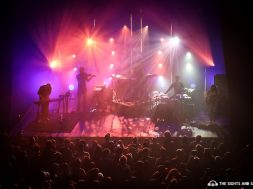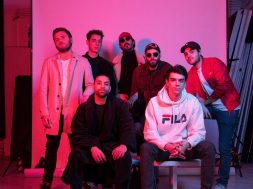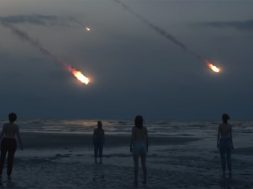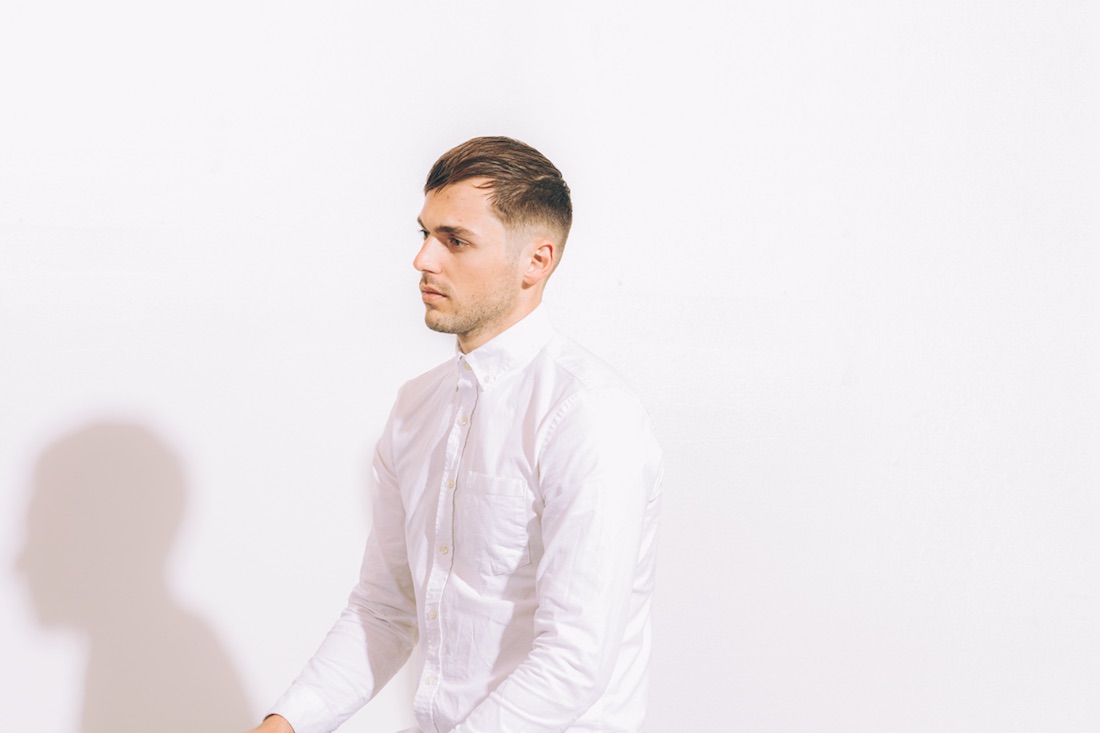
Rainy Day Translations: An Interview With Downtempo Marvel Tristan de Liège
Daring to interpret the innate expression of our surroundings comes Tristan de Liège of Loci Records with his forthcoming single ‘Jioni’.
Tristan de Liège is a multi-instrumentalist with an affection for emotive, experimental music and an inventive capacity that slows only for the downtempo movement of his tracks. He’s recently announced his forthcoming album, “Kosame” on Emancipator’s imprint, Loci Records, available April 13th.
As a Los Angeles-based artist, Tristan drew influence from the setting that engulfed our city. Sifting through the residual mist of a light rain that greeted LA, he was inspired to create the album. While de Liège wrote his songs in the gentle rain (Kosame means ‘gentle rain’ in Japanese), he noticed, “in the late evening and early morning [the rain] would quickly subside, leaving these beautiful mists and making all the hills green. I loved those moments and I wanted to capture how I felt during those moments.” And so came “Kosame,” in all it’s gracefully dreary and textured magnificence.
We are excited to share our exclusive interview with Tristan de Liège along with the premiere of his soon to be released single, ‘Jioni’.
TS&S: How was this album recorded and produced?
The process was a bit different for different tracks, but generally I would start with a little sample, sometimes coming from other records or from my own previous recording sessions. I’d play around with those and manipulate them until I felt I had an engaging melody and harmony to build around. Then I’d start layering with strings, woodwinds and textures. Sometimes I would start with a beat instead and then cut up samples to fit the beat. The session recordings all came later, when the tracks were quite developed, and I tracked lots of different takes of drums and strings and then would choose the best parts later to keep.
TS&S: How many instruments do you play?
I’m not really trained in any instruments besides piano, but I’ve picked up woodwinds such as bass clarinet and saxophone over time in order to be able to sample myself playing those. Initially it was just for creating textures but over time I started to write melodies for woodwinds and build tracks around them.
TS&S: This is a long album in comparison to current releases which range from 8-12 tracks. How/why did you decide to include 18 songs?
Yeah. Part of it is that I think the album format is becoming almost symbolic for most people anyway; with digital music most of the time people aren’t listening to whole albums all the way through, and from that perspective it matters less how many tracks are on the album. The other reason is that I really want to make albums that cover a wide range of human emotions and different energy, but in a way that feels natural over the course of the album; accomplishing this took adding some extra tracks in this case. For instance ‘Blossom’ is a super high energy kind of clubby track and ‘Ca Va de Soi’ is basically an acoustic ballad.
TS&S: How did you connect with Emancipator and LOCI records?
I sent Emancipator a Soundcloud link with some music I was making back in 2013, he was a huge inspiration for me at that time and I wasn’t even really expecting anything to come out of it. He responded to me and suggested it could fit on Loci, but I wasn’t used to Soundcloud at the time and it took me 2 months before I noticed the notification on my message inbox. I was living in Milwaukee, Wisconsin at the time and he was playing a show there soon with his ensemble, so I responded to him and we met up at his show. Honestly an incredible chill and humble guy considering what he’s accomplished. Basically after that point I’ve been releasing through Loci (both as my solo project and Thoma).
TS&S: Why is LOCI a good home for you? What appeals to you about LOCI as an artist?
Primarily genre-wise it’s a good fit for what I’m trying to do. We seem to have a similar aesthetic approach to music where there’s a lot of focus on texture but not in an ambient way, in a way that is still musical. In addition, all our music is focused on showcasing little musical moments, whether it be melodic samples or a particular rhythm. I also think being on Loci is good for me in the sense that I have a lot of room for growth and can learn a lot from the other artists on the roster, who are more established in terms of playing shows etc.
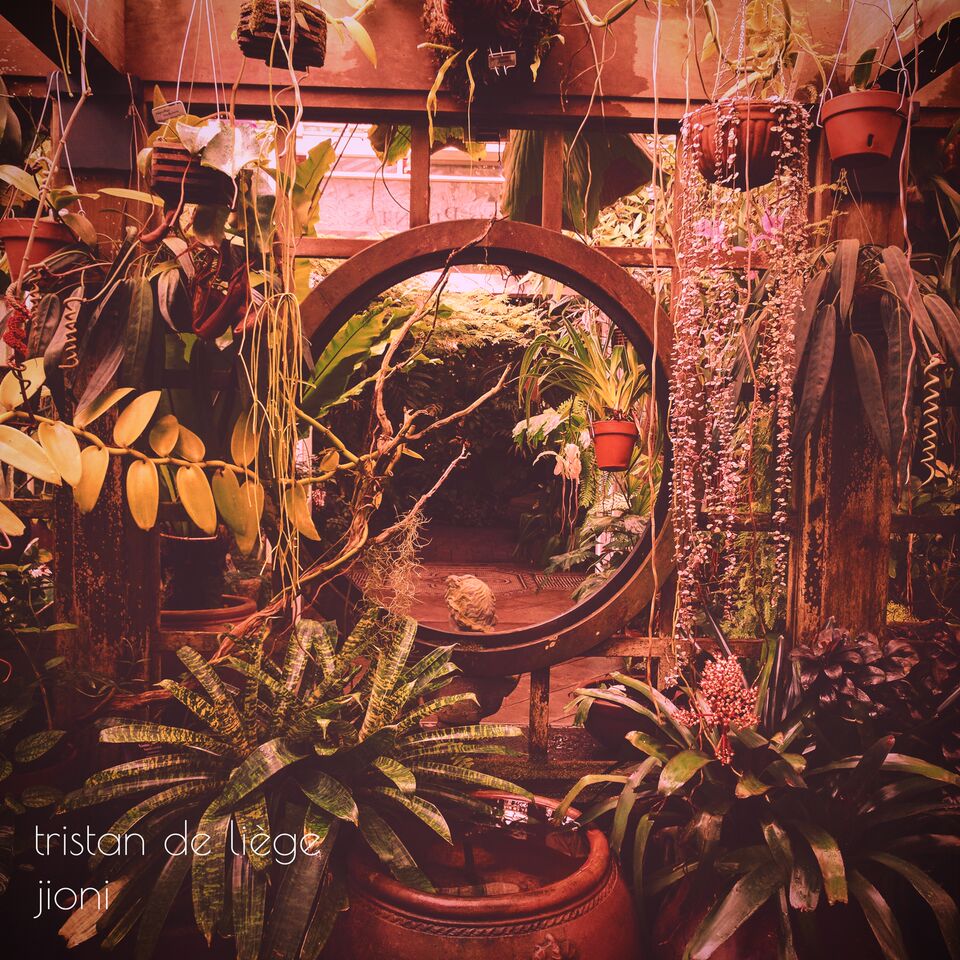
TS&S: There’s an ethereal/spiritual aura to the music. What is your perspective on spirituality?
I wouldn’t say I’m religious, but I think spirituality is important in the sense that it’s important to have deep values, ones that are the focus of your appreciation and energy. But in terms of the mood of the album, I strove to recreate the main feeling I had when working on it, which was kind of a transient sense of peace and simplicity. While I was writing these songs Los Angeles was getting the gentle rains (Kosame means ‘gentle rain’ in Japanese) in the late evening and early morning which would quickly subside, leaving these beautiful mists and making all the hills green. I loved those moments and I wanted to capture how I felt during those rains.
You recently worked with cellist Isaac Takeuchi. Tell us how you connected and why that’s so special for you.
I met Isaac through Yvette Holzwarth, who is a violinist with whom I wrote the second Tethys album (II). Isaac and I did a couple small intimate shows for Tethys together and he’s also helped me with composition – including a string quartet which I will share soon. I think mainly what’s great has been composing with him and learning from him as he’s coming to composition from a totally different place than me.
TS&S: Who are your influences as a composer and who would you like to work with in classical music?
It’s rare that specific composers will influence me so much as a general style. For example, on some recent tracks (not on this album) I’ve been channeling impressionist music a bit more, with parallel motions and extended harmony. I’m also influenced by minimalists such as Steve Reich, and certainly Neo-classical composers like Nils Frahm and Johann Johannson. I would love to work with one of the contemporary quartets like Kronos or Iskra, I love all their collaborations.
TS&S: Who are your hip hop influences and who would you like to work with in hip hop?
In terms of beats I love the work of J Dilla, DJ Krush, Nujabes, Madlib, Darkchild, DJ Shadow…you really can’t underestimate the importance of those guys because a lot of the stuff happening now is still informed and inspired by what they did. But of course all the stuff being done by the LA beat scene such as the Brainfeeder and Stones Throw people are really inspiring to me. I’d love to work with Sudan Archives, she’s really unique and talented.
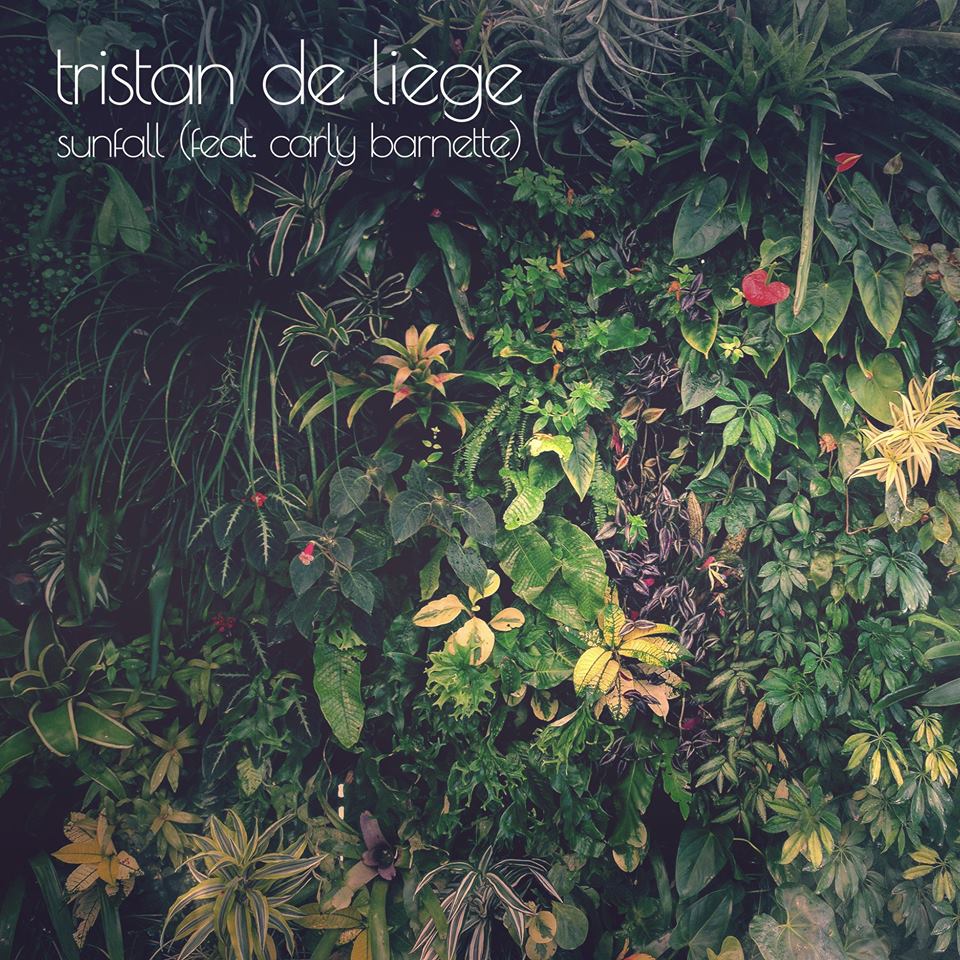
TS&S: What appealed to you about making loops-based music when you got into it?
I think I liked how it made arrangement really intuitive and easy to look at. I remember when I was writing songs for a band and it was more of an analytical process for me to write different sections of a song, whereas with looping I could just stack loops on top of each other and take them away and reintroduce them one by one and thereby create an arrangement. So really I liked how intuitive and quick it was, which led to more inspiration.
TS&S: What did you learn while making loops-based music that you can still apply to making music now?
One thing is that in any music it’s often very powerful to have small and simple melodies that catch the listener and make the track memorable. It needn’t always be exactly repeated like in loops-based music of course but having a small moment of music that represents the main theme or feeling, and then basing variations or layers around that, is a very effective way to write music. A related point is that music doesn’t need to be complicated to be emotionally powerful.
TS&S: There’s a clear Asian influence in the music. What about Eastern music appeals to you the most?
I just love different sounds and timbres, and especially exploring mixtures of those sounds and timbres across cultures. For example I love the mallet and gong sounds found in gamelan music from Indonesia, and that’s sort of a constant reference in all my music. The Japanese koto is another beautiful instrument that’s appearing in several places on this album; I think what I like especially about it is that it feels so serene and meditative to me, and I think that’s in part due to the cultural context in which that instrument is used.
TS&S: How does Asian or Eastern music inspire you differently than Western music?
Well it makes me think in different ways, because when I’m thinking of western music I’m thinking of chord progressions and scales and typical arrangement patterns and so on. But when I’m listening to for example traditional Japanese music a lot of that goes out the window and I’m focused instead on textures and mood more abstractly. So in that way it helps me think of making music differently, which is always important to stay inspired and keep things feeling fresh.
TS&S: Tell us about the singers you worked with on this album. Who are they, how did you connect, and what is it about their voices that appealed to you for this album?
I met Carly at this recurring monthly series of shows. It’s called Silverlake Sessions and happens at a randomly selected person’s house, and its invite-only so it pretty much ends up being only musicians and artists. She did an acoustic set at one of them and I approached her after because I was really impressed with her range and wanted someone who could create a soulful vibe. Her main project is called Kismit and it’s a sort of soul and funk inspired pop outfit. I met Selina when she performed with a friend’s band called Wolfcat, which is kind of a nu-jazz group. She was amazing to work with also, she basically had nothing prepared and just starting improvising over my beat and I just hit record, and then I kept my favorite parts. I liked the soothing and reassuring quality her voice has when she’s singing.
TS&S: Nature seems to be a big inspiration for you. What are some of your favorite places and what appeals to you about them?
So many. Norway and Iceland are two of my favorite places on Earth; you just can’t take a bad photo of the landscapes there, the landscapes are so incredible. I have to say the more I’ve lived in California the more I’ve appreciated it. Between the coastlines, the mountains, and the deserts the diversity of beauty is pretty incredible. One common thread in natural places that inspire me is that they give me an amazing sense of scale, of how enormous the world is and everything in it and how small I am. This is why I love redwoods for example. Other times it’s an incredible sense of space and silence, like I feel when I go to Joshua Tree or Death Valley.
TS&S: If you couldn’t be a musician what would you be?
If you asked me now, to live the rest of my life without making music, I’m not sure I would be able to. But if you pressed me, perhaps I would seek expression via some other art form, such as visual art or writing.
TS&S: Why a Japanese album title? Have you ever been to Japan?
I’ve never been, but I certainly hope to some day. One of my label mates, Stèv, just moved there and he keeps posting amazing instagram photos so it’s making me quite jealous. When choosing the title, I was trying to think of a specific concept or word that represented the kinds of rain that was happening around the time I was writing the album. I remembered someone telling me once that in Japan they have several different rain-concepts for different kinds of rain. So I found Kosame and felt that this was a perfect word to capture the feeling I wanted to express.
TS&S: Will you be touring? If so, tell us about your live show?
I don’t have a tour planned yet, but I’m definitely trying to play a few shows here and there with other Loci artists. They’re playing a decent amount of shows so there should be a chance to join some. I’m doing a show on dublab on April 30th as well. Ideally I’d like to play some shows with a live band, and I’ve actually done a couple of rehearsals to see how it would go, and I think it would be great to do some shows at least on the west coast with that, so we’ll see.
小雨 (Kosame) Track Listing:
- Intro
- Blossom
- Jioni
- Sipura
- We See In Patterns
- She Changes
- Laure
- Cascading
- Sunfall (feat. Carley Barnette)
- Natural Bridges
- Natural Bridges, Pt. II
- Without Words
- The Breach
- These Broken Places (feat. Selina Carrera)
- Breathless
- Ca Va de Soi
- Wooden Lines
- Akaroa/Outro
Follow Tristan de Liège
READ MORE:
LIVE! Emancipator Ensemble Brings “Baralku” To Brooklyn Steel
LAPA’s ‘Spirit Vessel’ Blurs Borders And Transcends Boundaries
536
